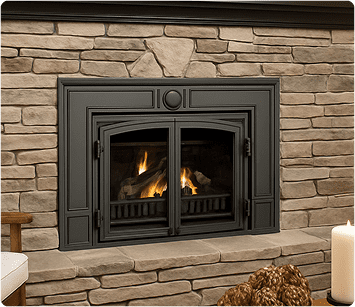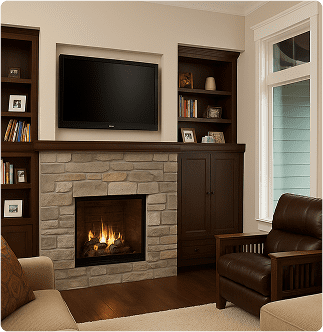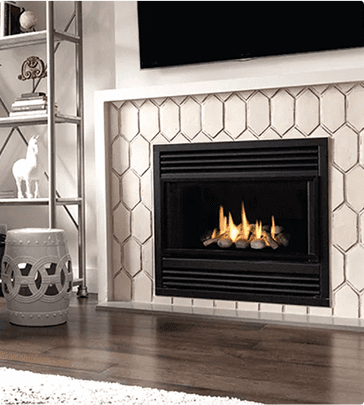Chimney Lining Services
Our mission statement has always been to treat every customer like family and do the highest quality chimney and fireplace work possible.

Why do I need a chimney sweep?
A chimney liner is a clay, ceramic, or metal conduit inside your chimney. Its job is simple but vital:
Safely contain combustion products
Direct smoke and gases outside
Protect chimney walls from heat and corrosion
In fact, most fire codes today require liners, after decades of research showed that unlined chimneys are dangerous—so much so that early safety experts called building without one “little less than criminal.
3 Main Functions of Chimney Liners
- Fire Protection
Without a liner, heat can transfer through chimney walls fast enough to ignite nearby woodwork in just 3.5 hours (National Bureau of Standards tests). - Corrosion Protection
Flue gases are acidic. Without a liner, they eat away mortar joints, shorten chimney life, allow faster heat transfer, and even leak carbon monoxide into your home. - Proper Appliance Performance
Modern wood stoves, gas, and oil furnaces require the right flue size. A liner ensures strong draft, reduces creosote buildup, and prevents carbon monoxide production.


Types of Chimney Liners
- Clay Tile Liners
Affordable and common for open fireplaces, but prone to cracking during chimney fires and unable to contain liquid byproducts from modern gas appliances. - Metal Liners
Made of stainless steel or aluminum, these are durable, U.L. tested, and great for upgrades or repairs. Stainless works for wood, gas, and oil; aluminum is a low-cost option for some gas systems. Often installed with high-temp insulation for added safety. - Cast-in-Place Liners
A cement-like product poured inside the chimney, forming a seamless, insulated flue. Strengthens old chimneys and works with all fuels—an excellent long-term solution.